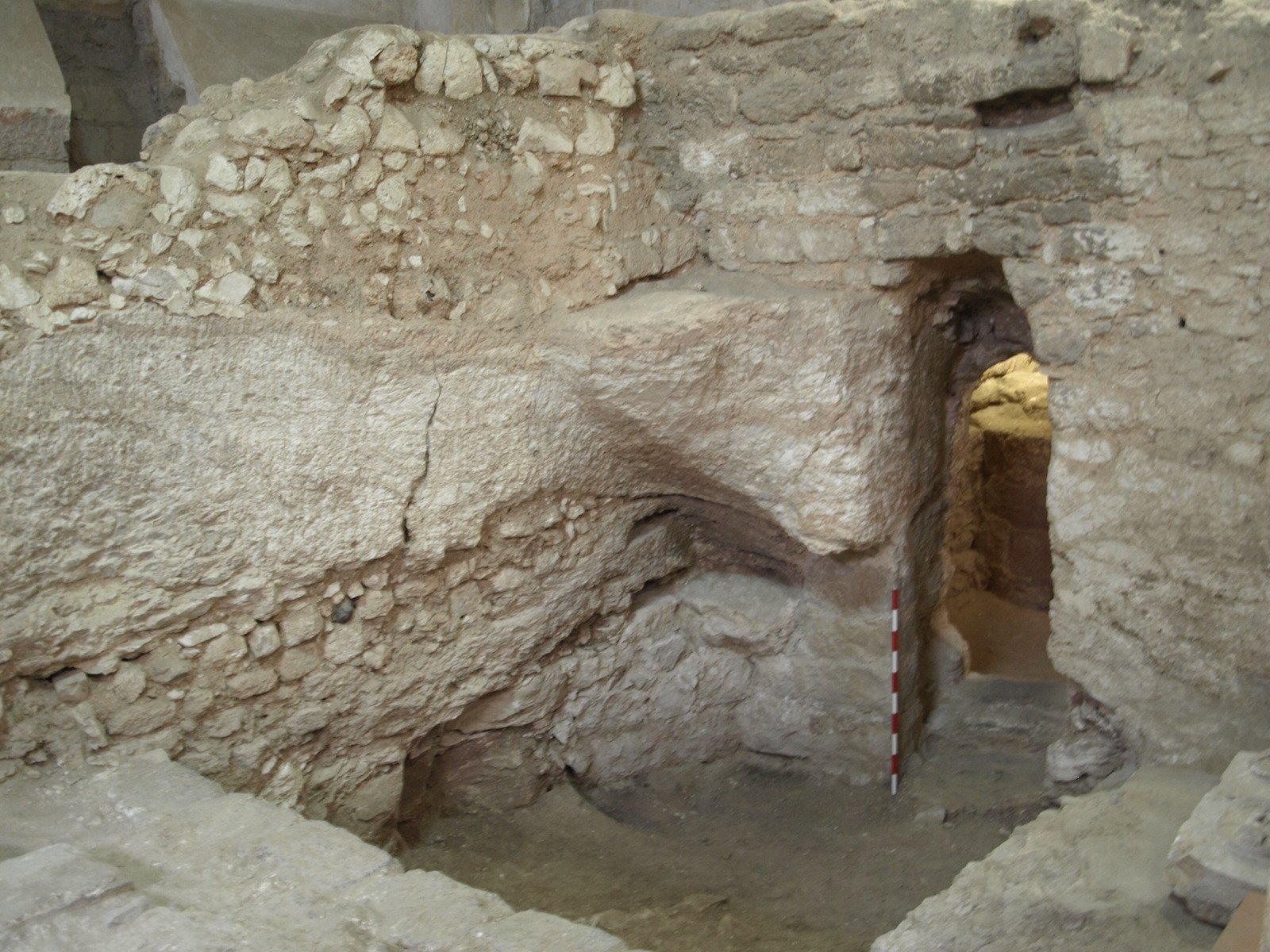
An English archaeologist may have just made one of the most intriguing discoveries of the last two millennia: the childhood home of Jesus Christ.
Ken Dark, an archaeologist at England’s University of Reading, has published his findings in a new book, The Sisters of Nazareth Convent: A Roman-Period, Byzantine, and Crusader Site in Central Nazareth.
The story begins with a dig by non-archaeologists: nuns who, in 1881, happened upon an ancient cistern while building the Sisters of Nazareth convent, but didn’t know what they had stumbled upon. Dark describes it as “one of the first examples of an archaeological project directed by a woman.”
“In many ways, they were way ahead of their time,” Dark told Artnet News. “They conducted a perfectly reasonable rescue excavation, or salvage excavation.”
Records from their exploration, as well as another, by a Jesuit priest in the mid-20th century, were key to Dark’s research. The site had otherwise long languished, ignored by scholars, he said.
The location was home to several structures and uses over two millennia, Dark said, all of which is essential for his conclusion.
First, there was a 1st-century building, partly cut out of rock, that may have been a dwelling. The site was then used as a quarry, and then for a tomb. Later, it was home to a cave-church, possibly one mentioned by the pilgrim Egeria, who wrote an account of her travels to the Holy Land in about AD 380.
Later, a Byzantine church was built on the ground above. Dark suspects it may be the previously lost Church of the Nutrition, which was built to commemorate the place where Christ was raised, and was mentioned by Irish abbott and historian Adomnán in his book De Locis Sanctis (Concerning Sacred Places) in the late 7th century.
The 1st-century house at the Sisters of Nazareth site. Photo courtesy Ken Dark, copyright K.R. Dark.
The church burned down around the year 1200 and was not in religious use until the Sisters of Nazareth began to build their convent there in the 1880s.
“The Byzantine church Sisters of Nazareth seems as though it was almost certainly the building described by Adomnán,” Dark said. “It was very large, very elaborately decorated, and probably from the 5th century.
“It overlay a crypt, which is also described in his book. In the crypt, just as he says, there are two Roman-period tombs, and between them there’s a house—and that house, Adomnán says, is the place where Jesus was brought up.
“So, we found the church, we found the crypt, we found the house.”
Is it a slam dunk? Dark is quick to say no. But, he said, people historically much closer to Jesus felt it was: “I can be confident that it’s the house that the Byzantines believed, and was probably believed in the 4th century, to be Jesus’s childhood home.”
Dark was hardly out to uncover what he may have found.
“Primarily, I was there to look at the emergence of the Byzantine pilgrimage center of Nazareth,” he said. “To have found the Sisters of Nazareth in itself seemed to be an amazing discovery.”
He hardly expected to find a 1st-century house, and possibly such an interesting one, underneath.
“So,” he said, “it comes as a bit of a surprise.”